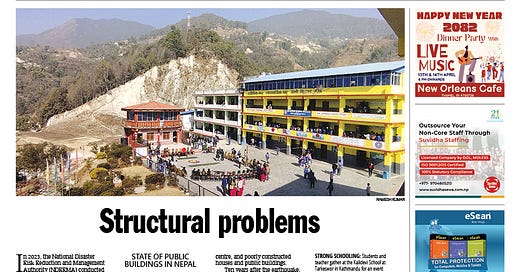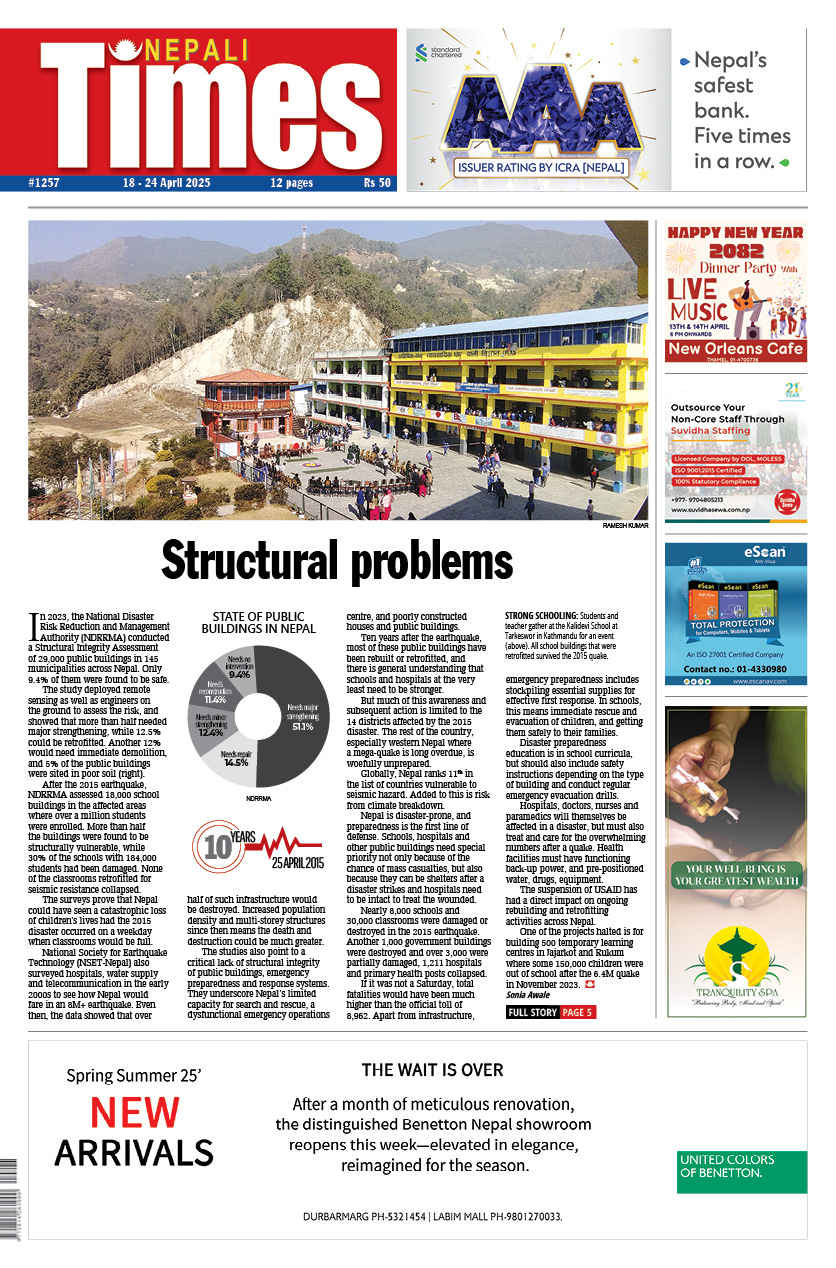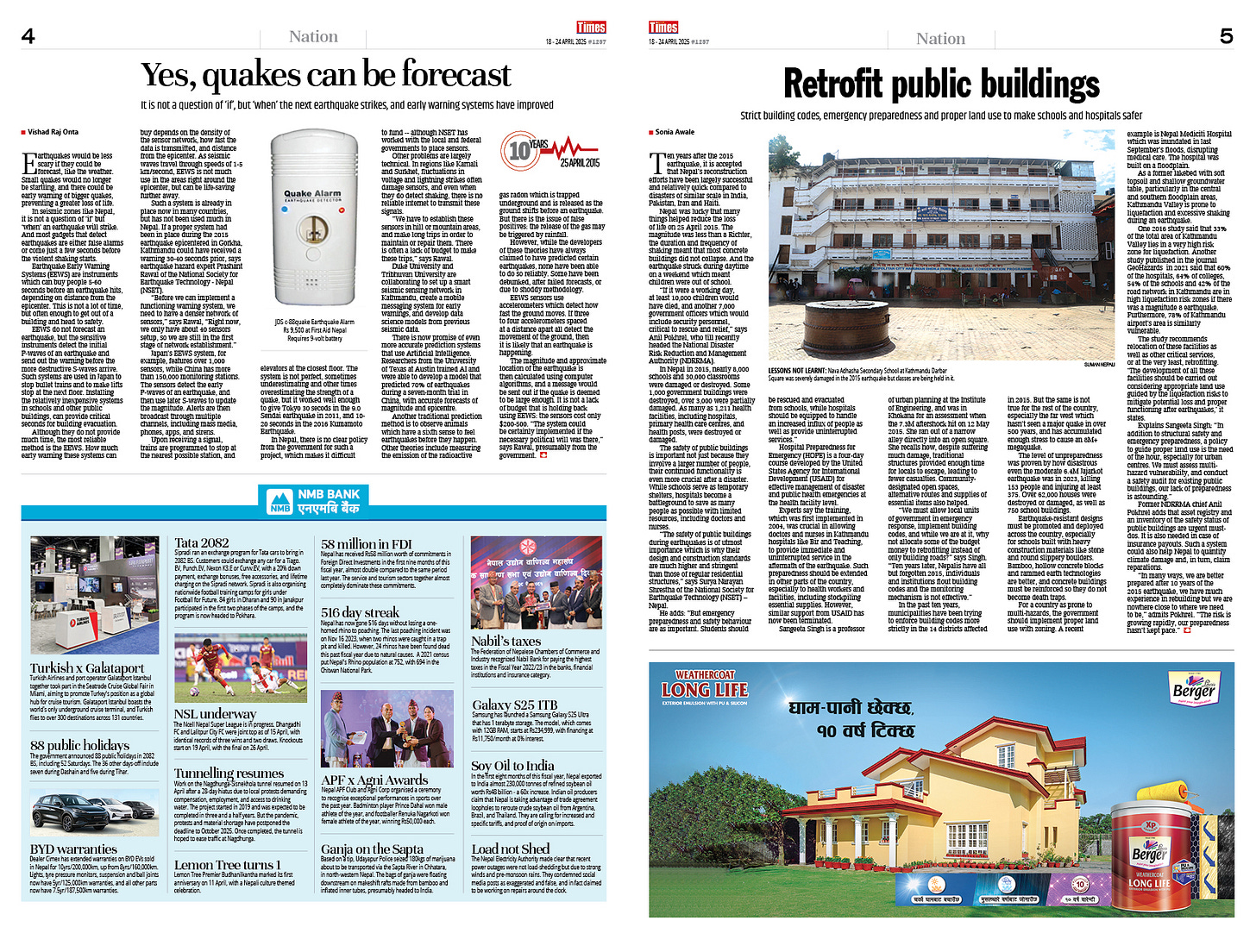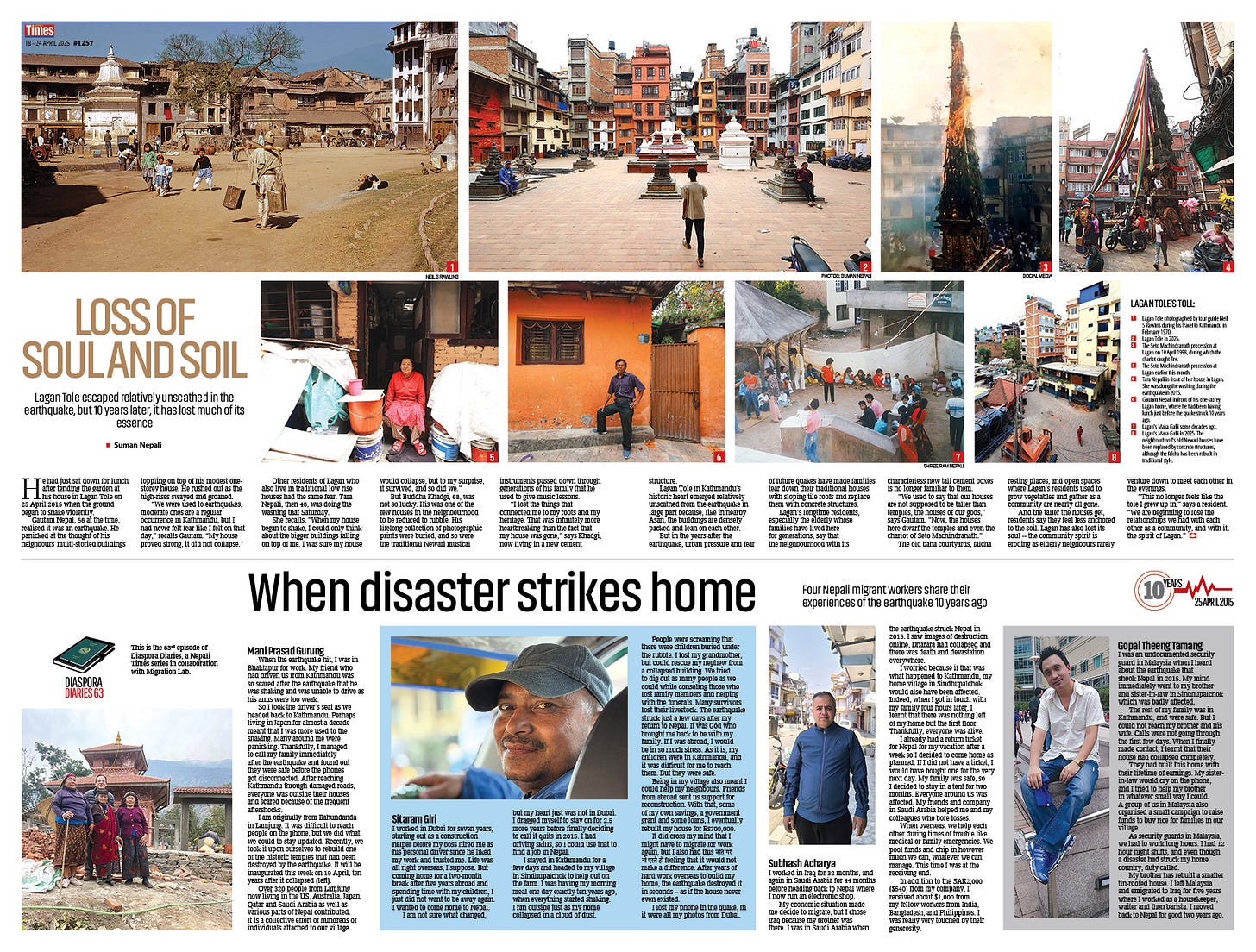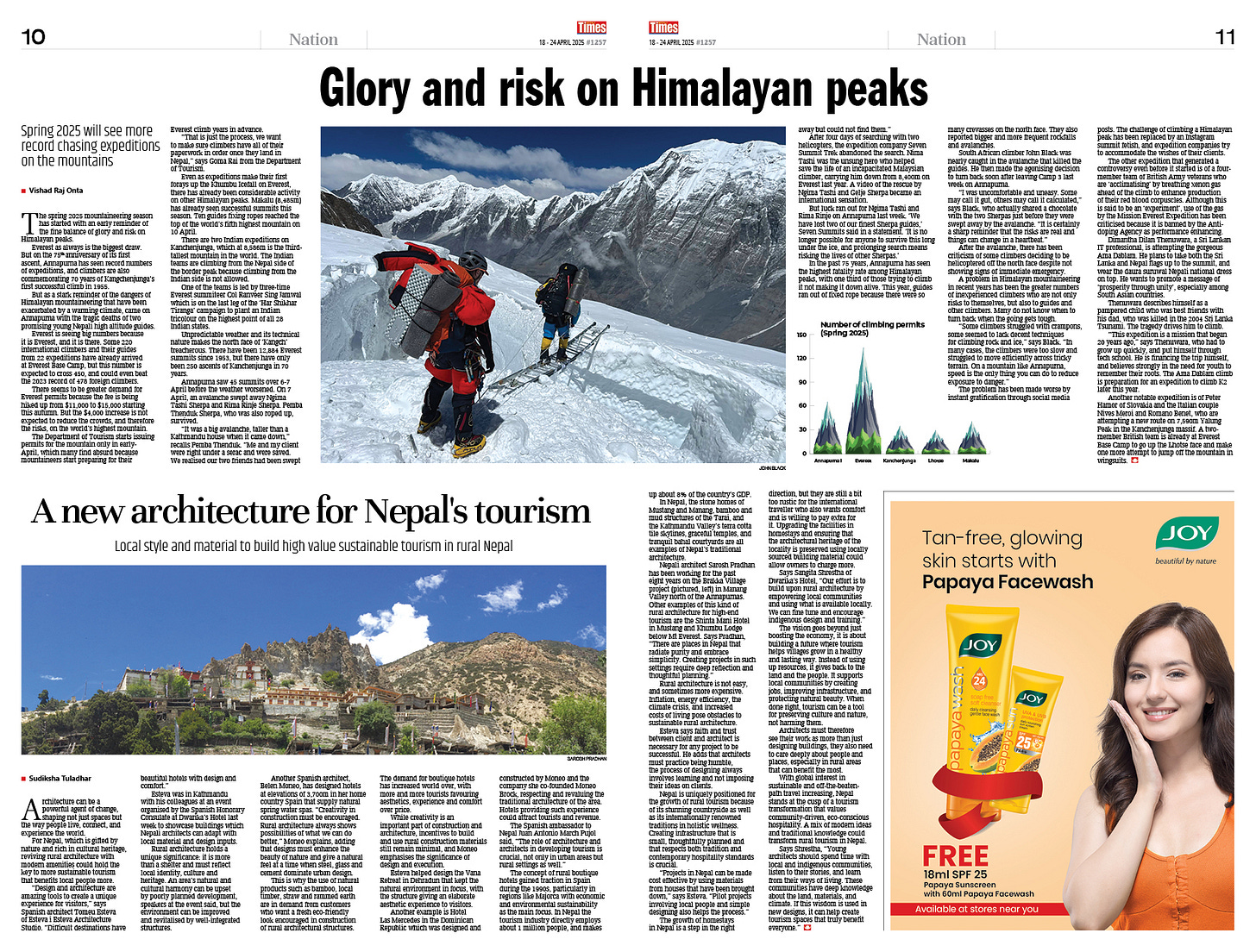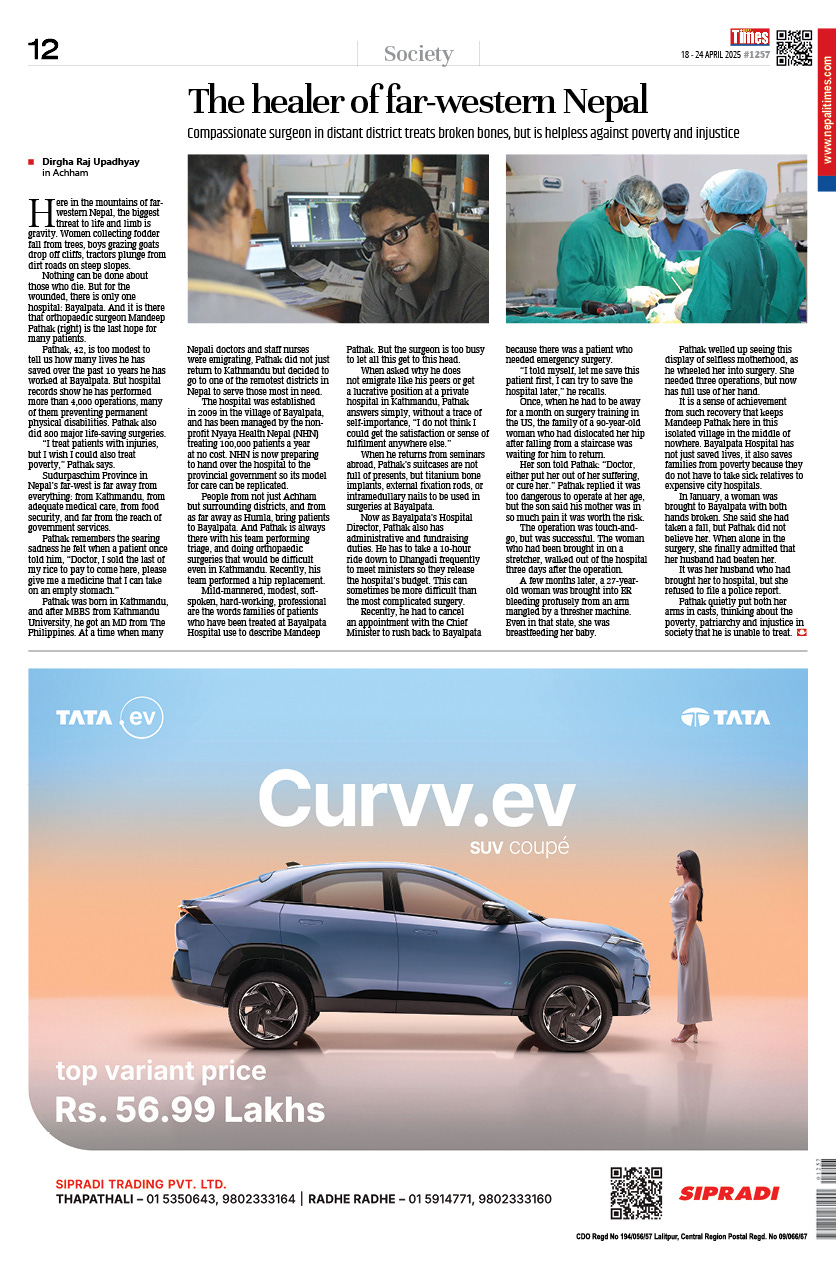Friends, Romans and Countrymen,
Nary a week goes by without Nepal topping some list or other for the Corruption Perception Index, the Most Polluted Capital in the World Ranking, or the Unease of Doing Business Index.
This is good because it keeps us in the headlines, so others do not take our sovereignty and territorial integrity for granted. But, I fear, it is Nepal’s media itself that is not giving our own country’s high ranking in these listicles due prominence. We hacks have become a bit blasé about kickbacks and backsheesh.
We cannot have news like ‘Nepal One of the Most Corrupt Countries in the World’ to be buried in the inside pages. And ‘Nepal Voted Most Corrupt in South Asia’ deserves more than just two column inches. It speaks of a lack of basic news sense among journos that we do not give our kleptocratic kakistocracy due recognition for this accomplishment.
How about also putting a positive spin on palm-greasing with headlines like: ‘Nepal Strongest in Corruption’, or ‘Bribery Speeds Up Getting Things Done in Nepal’, ‘Graft Most Effective Way To Spread Nation’s Wealth Around’, or ‘Nepal’s Trickle-Up Economy’.
That is why this week’s Guest Editorial on page 2 by David Seddon has the catchy title: ‘Higher Corruption in High Places’. Seddon cites the book Cuckooland by the British investigative journalist Tom Burgis that devotes considerable space to Nepal’s crony Communism and the role of powerbroker Mohamed Amersi, bizman Ajeya Sumargi and Maoist leader Prachanda in a telecommunication scandal. Cuckooland did not get as much attention in Nepal’s public sphere as it deserved, perhaps because it is written in English. Worth a read, available on Thuprai.
Nepali Times continues its retrospective on the 2015 earthquake leading up to the tenth anniversary this week on 25 April. On page 1 and 5, Editor Sonia Awale warns of lessons not learnt in retrofitting and rebuilding schools, hospitals and other public buildings (Structural Problems, Weekend Longreads).
Reporter Vishad Raj Onta reviews inexpensive gadgets that can give us up to 30 seconds warning of an earthquake by detecting early P-waves before the S-wave shocks arrive (Yes, Quakes Can Be Forecast, page 4).
Photojournalist Suman Nepali takes us to Lagan Tole in the heart of Kathmandu, which survived relatively unscathed in 2015, but has lost its essence to rapid urbanisation and over-building since then (Loss of Soul and Soil, page 6-7).
This week’s #63 episode of Diaspora Diaries is by four Nepali migrant workers about how the earthquake affected their lives, and what has become of them since (When a Disaster Strikes Home, page 6-7).
The Spring 2025 mountaineering season started tragically in the Nepal Himalaya with the deaths last week in an avalanche of two promising young high altitude guides on Annapurna I North Face. This is especially poignant since this year marks the 75th anniversary of the first ascent of an 8,000m peak in 1950 by a French expedition. On Mt Everest, it looks like a very crowded season which means it could also be more dangerous (Glory and Risk on Himalayan Peaks by Vishad Raj Onta, page 10-11).
Reporter Sudiksha Tuladhar writes about an initiative by Spanish architects to develop a new more sustainable style for rural tourism in Nepal (A New Architecture for Nepal’s tourism, page 10).
Finally, a heartwarming profile of the self-effacing surgeon Mandeep Pathak who has performed more than 4,000 operations in the past decade, many of them life-saving, while in Bayalpata Hospital in remote Achham (The Healer of Far-western Nepal by Dirgha Raj Upadhyay, page 12).
And on that uplifting note, I’ll be in touch again next Sunday with my weekly newsletter.
Send comments and suggestions to the newsroom at editors@nepalitimes.com
Kunda Dixit

